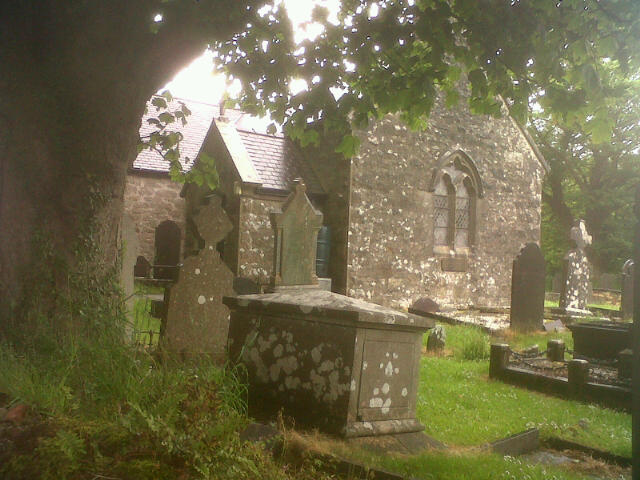SHIPWRECKS OF ANGLESEY
Shipwrecks of Anglesey
Fame and notoriety
Standing off the coast of Wales, facing the Irish Sea, with a temperate climate yet sometimes - and unpredictably - exposed to violent extremes of weather, Anglesey has had its fair share of sea tragedies and tales of heroism.
In 1959, almost exactly a hundred years after the loss of The Royal Charter, and just a few yards from the scene of that disaster, Hindlea, a 400 ton coaster was driven onto the rocks at Porth Helaeth, close to Moelfre. The incident was notable for the incredible bravery of the Moelfre lifeboat crew, who, in monstrous seas, brought their boat alongside to rescue Hindlea`s eight man crew. The Cox, Dick Evans, was awarded the RNLI Gold Medal for bravery for his part in the rescue. The same man achieved the same distinction again rescuing the crew of a Greek freighter Nafsiporos in 1966. He was 61 at the time. A statue of Dick Evans now stands outside the Lifeboat house at Moelfre, one of Anglesey`s true heroes.
There are, no doubt, many untold tales of heroism, but the history of shipwrecks on the island`s coast occasionally takes on a more lugubrious tone. For some years, in the late 18th century, the notorious Crygill robbers thrived along the coast near Rhosneigr.There was some suspicion of what was known, in wreckers` lore, of using `false lights` to draw unsuspecting ships onto the rocks for plunder, but there is no true evidence for this. What does seem to be the case, however, was that the looting and pillaging of wrecked vessels went to dire extremes. When Charming Jenny was wrecked at Rhosneigr in 1773, it was alleged that the Captain`s wife, struggling to get to shore, had been deliberately drowned by a local man so that her rings and other valuables about her person could be pilfered. Distraught, her husband, Captain Chilcott promised vengeance through justice and in due course six men were prosecuted for the theft of spirits and other goods, and one man, Sion Parry, was tried at Shrewsbury and hanged. It was the end of the Crygill Robbers.
Another ship to be dashed to pieces on the treacherous rocks of Rhosneigr was The Norman Court, a sugar trader returning from Jacarta in 1883. As the waves crashed over the hull, the crew took to the rigging to preserve their lives; eventually, the lifeboat crew from Holyhead was brought to the scene, and all but two of the crew were rescued alive. Some of them, it is said, had to be prized from the rigging like frozen washing.
The Norman Court
But of all the stories of wrecks on the Anglesey coast, the one which casts the longest shadow over the island`s history is that of The Royal Charter. On her return journey from Melbourne - carrying bullion and personal fortunes from the Australian gold fields - and only thirty miles from the Port of Liverpool, her destination, she was caught in the worst gale of the century, and just as she turned around Lynas Point to begin the homeward stretch, the gale turned to the north east and blew her mercilessly towards the vicious rocks of the Anglesey shore. One after another her anchor chains snapped, and just before dawn she grounded on the sands below Porth Helaeth. Before the light revealed her true position, the rising tide began to smash her against the rocks, and it was too late.
Of a crew and company of five hundred, only forty survived. Without the bravery of the men of Moelfre who risked their own lives on the treacherous rocks, the death toll would have been much higher. Many of the dead were women and children. Some drowned, weighted down with pockets full of gold they tried to save; others were simply smashed against the rocks and died from impact injuries. Many of the bodies were taken to the small church of St Galgo, just above Moelfre, and the churchyard there bears sad witness to whole families as well as individuals who lost their lives. There is hardly a church along this stretch of coast, however, that did not provide the final resting place for Royal Charter victims, as the tides washed bodies further and further afield.
Visiting the scene in the aftermath of the disaster, Charles Dickens recorded, in The Uncommercial Traveller, the heroism of the Reverend Stephen Roose Hughes, who cared meticulously and with great humanity for the dead, writing over a thousand letters to bereaved relatives.
John Wheatley`s latest Anglesey novel, "The Papers of Matthew Locke" features both the NORMAN COURT and CHARMING JENNY. The novel is available from Amazon as a paperback orKindle E-book.






Comments
Post a Comment